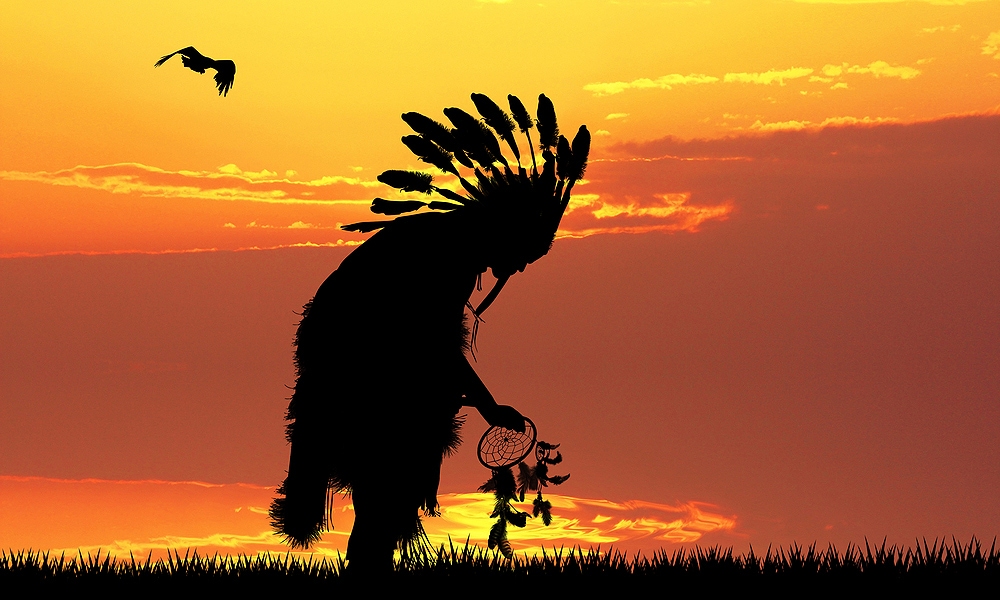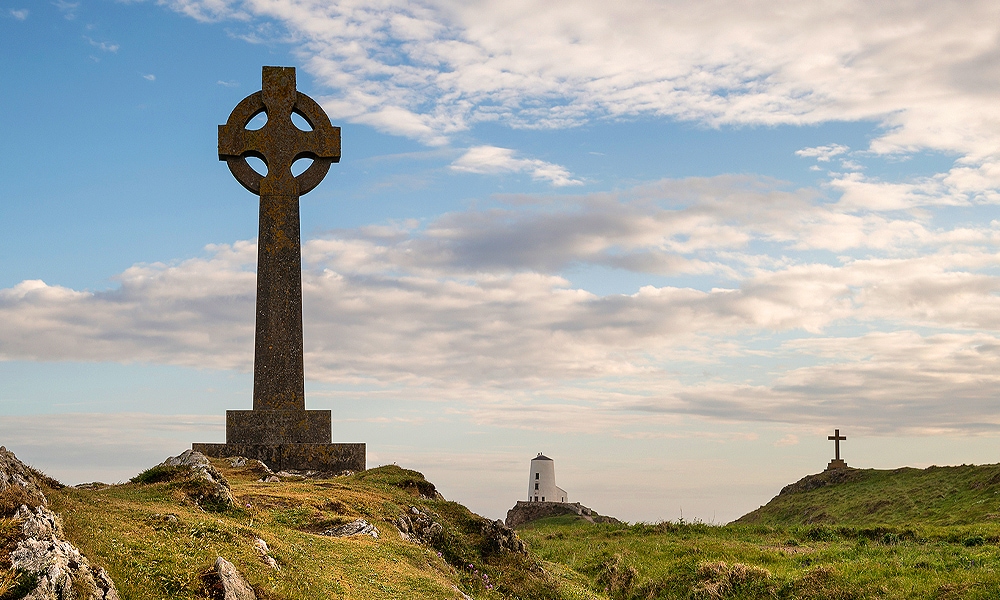Robin symbolism is linked to death as well as the arrival of spring and rebirth. Naturally, as with other bird and animal symbols, robin symbol also means different things in different cultures, but it is still important to note that this bird has played an important role in Christianity. So let us dive right into robin meaning and what it means when a robin visits you.
Robin Symbolism and Meaning
The American Robin is a ubiquitous bird of North America. It is a ground feeder and also shows a bit of winter flocking behavior. It has a variety of loud vocalizations and physical expressions and is mainly recognizable thanks to its bright red chest.
The Robin is very much a representation of all birds. When we think of birds, we often think of robins or robin-like birds.
Environment-wise, robins are found in woodlands as well as agricultural and urban areas. They are also found near residential areas, and that shows that they are comfortable with humans.
According to European traditions, the robin is associated with storms. It is also the harbinger of death. A robin tapping on the window symbolizes the death of a loved one. The return of the robin to the woods indicates the arrival of spring after a dreary winter.
Robin’s song is easy to recognize: it is sweet, melodious, and also wistful and melancholy – it symbolizes hope, rebirth, and also danger. The flashing of robin’s red breast or chest is almost always a symbol of danger.
Robin Native American symbolism
Native Americans believed that all birds are messengers of the Gods and Goddesses. They honored most birds and regarded them as spirit guides. The robin is no different. The Natives believed robin is sign of an angel as well as ‘relationship’ birds.
Their message was about family, courtship, home, and the loving heart. Robins are not high fliers. They stick close to the ground. They live close to where humans live. That is why natives did not hunt robins for meat.
They regarded them as their spirit guides and used them on their spirit walks while searching for their personal spirit animals and in understanding visions. There is an interesting story of a modern Lenape woman who lived with a man that she knew wasn’t right for her.

She knew she had to end the relationship but kept postponing it because she thought it would bring her heartache. At the time she was going through this dilemma, a robin kept battering her siding door to get inside repeatedly.
She knew that her ancestors used Robins as relationship birds and that it was trying to tell her something. Soon the bird gave up and found its mate and the pair made a nest on her deck. The birds established their nest around the arbor vitae and most birds knew not to build there.
The birds’ mistake led to their death. The Lenape woman understood that her relationship with this man would lead to her spiritual and psychological death. Her ancestors and her psyche were furious with her. She started paying more attention to her spirit guides after that episode.
Robin Christianity symbolism
Robin’s spiritual meaning is attributed to the goldfinch in Christian legends. It plucks a thorn from Christ’s crown ends up piercing its breast.
That tells us the reason why the robin has a red breast. In Mother Teresa’s book ‘No Greater Love’, she tells us this story in detail.
She narrates how the little robin sees Jesus on the cross with his crown of thorns. The little bird flies around and around until he finds a way to remove one thorn. In removing that thorn, the little bird gets pierced himself.

Urges Mother Teresa: ‘Each of us should try and be that bird – the little robin. When we see someone in pain, we must ask ourselves: ‘What can I do to give them comfort?’ Does my work really mean something?
The little robin tried to remove just one thorn. When we look at the cross, it should remind us of the little robin. Don’t just pass by the cross; it is the place of grace.
We must see the poor and their suffering and not just look without ‘actually seeing.’ Each of us has to carry our own cross and accompany Jesus, sacrifice, and empty us of ourselves. Jesus has chosen each one of us to be His Light and His Love in the world.
Robin Celtic symbolism
The Irish, with other Celtic tribes, cherish a peculiar veneration for the tiny birds, the robin, and wren. (Robin and Wren are of the same species) The killing of the robin or wren is said to entail on the perpetrator some injury to the person or his property by fire.
There is a legend in Ireland that this little bird brought with it fire from heaven. In Ireland, there is also a custom to hunt the wren or robin on St. Stephen’s Day and to carry its body from door to door while at each halting place the bearers shout and sing a rhyme as follows:
The wren, the wren the king of all birds,
St. Stephen’s Day was caught in a furze
Although he is little, his honor is great,
So rise up landlady and give us a treat!

A custom similar to the Irish one is found prevalent in the Celtic district of France. The wren and the robin are also related through the following verse:
Robin Redbreast and Jenny Wren
Are God Almighty’s Cock and Hen
He that harvest their nest
Never shall have rest.
In Ireland, there is a similar story about the robin sign, as found in the Bible. The little robin was seen endeavoring to pluck the cruel nails by which His Divine hands were fastened to the cross.
In attempting this fruitless task, the robin had its tiny breast stained with the sacred blood – the stain which exists forever as a venerated sign upon the feathery covering of the race.
In Pagan times, it is stated that the little robin was under the protection of Thor – by virtue of that dyed blood color, which is dear to the thundering God.

